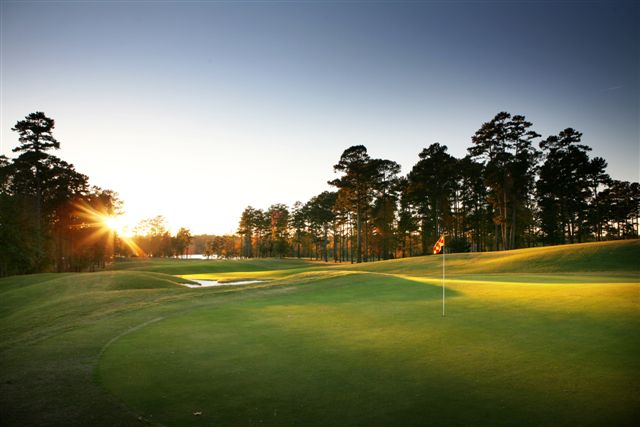
Recently a couple of residents of National Village have told us of Bald Eagle sitings. These sitings made a great impression on these residents. One told us that he was walking down Lone Eagle Lane late one afternoon, he looked up and saw the most beautiful site, a Bald Eagle soaring overhead. Everything was too perfect and he took this as a sign to buy a home in National Village.
The other siting was a new resident who was moving a few items into her new home and she saw an eagle fly right over her house and land on the other side of the lake. She said it was a tremendous and magnificant site, and she too took this to be a good sign about her recent purchase.
The Bald Eagle is a bird of prey found in North America. It is the national bird and symbol of the United States of America. Its range includes most of Canada and Alaska, all of the contiguous United States, and northern Mexico. It is found near large bodies of open water with an abundant food supply and old-growth trees for nesting.
The Bald Eagles diet consists mainly of fish, but it is an opportunistic feeder. It hunts fish by swooping down and snatching the fish out of the water with its talons. It is sexually mature at four years or five years of age. In the wild, Bald Eagles can live up to thirty years, and often survive longer in captivity. The Bald Eagle builds the largest nest of any North American bird, up to 13 ft deep, 8 ft wide, and one ton in weight.
The species was on the brink of extinction in the continental United States (while flourishing in much of Alaska and Canada) late in the 20th century, but now has a stable population and has been officially removed from the U.S. federal government's list of endangered species. The Bald Eagle was officially reclassified from "Endangered" to "Threatened" on July 12, 1995 by the United States Fish and Wildlife Service. On July 6, 1999, a proposal was initiated "To Remove the Bald Eagle in the Lower 48 States From the List of Endangered and Threatened Wildlife." It was de-listed on June 28, 2007.
The Bald Eagles diet consists mainly of fish, but it is an opportunistic feeder. It hunts fish by swooping down and snatching the fish out of the water with its talons. It is sexually mature at four years or five years of age. In the wild, Bald Eagles can live up to thirty years, and often survive longer in captivity. The Bald Eagle builds the largest nest of any North American bird, up to 13 ft deep, 8 ft wide, and one ton in weight.
The species was on the brink of extinction in the continental United States (while flourishing in much of Alaska and Canada) late in the 20th century, but now has a stable population and has been officially removed from the U.S. federal government's list of endangered species. The Bald Eagle was officially reclassified from "Endangered" to "Threatened" on July 12, 1995 by the United States Fish and Wildlife Service. On July 6, 1999, a proposal was initiated "To Remove the Bald Eagle in the Lower 48 States From the List of Endangered and Threatened Wildlife." It was de-listed on June 28, 2007.






















